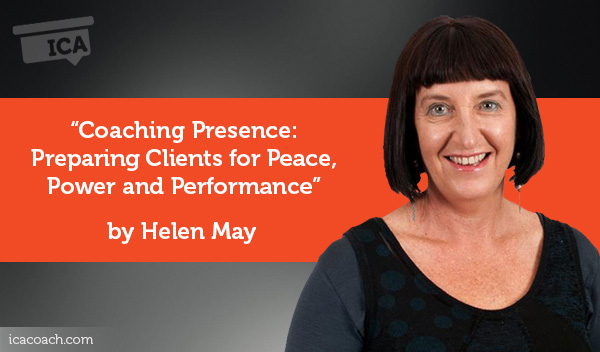Research Paper By Helen May
(Life Coach, NEW ZEALAND)
Alignment first –then action. Alignment first – then conversation. Alignment first – then anything else. (Hicks J & E)
Introduction
The International Coach Federation defines coaching in the following way:
Professional coaches provide an ongoing partnership designed to help clients produce fulfilling results in their personal and professional lives.
Coaches do this by asking questions designed to help clients to draw from their own inner knowing, finding their own answers for their own unique lives. This drawing from inner knowing, as opposed to learning from someone else, is what makes coaching so powerful in the quest for sustainable change.
Sustainable & continuing change/growth is the ultimate coaching result. This means that clients gain knowledge and skills, which will be retained, creating a stable foundation for continuing personal growth and success in their lives going forward.
This paper investigates the importance of the “optimal” state for a client to be in, in order to gain the maximum benefit from coaching sessions. It also looks at possible methods used to get the client into that state, at the potential benefit to the client and at possible barriers.
The Optimal State for the Client:
Coaching is based on the premise that
the client is naturally creative and resourceful. The coach’s job is to provide support to enhance the skills, resources, and creativity that the client already has. (International Coach Federation; 2006)
This means the role of the coach is to assist clients to access the natural creativity & resourcefulness that they hold within. Clients who are in a state of calmness & peace (presence) will naturally have greater access to this inner knowing.
Therefore it stands to reason that the client will benefit most from the session if they are in a state of calmness, peace, and presence. Eckhart Tolle states that
